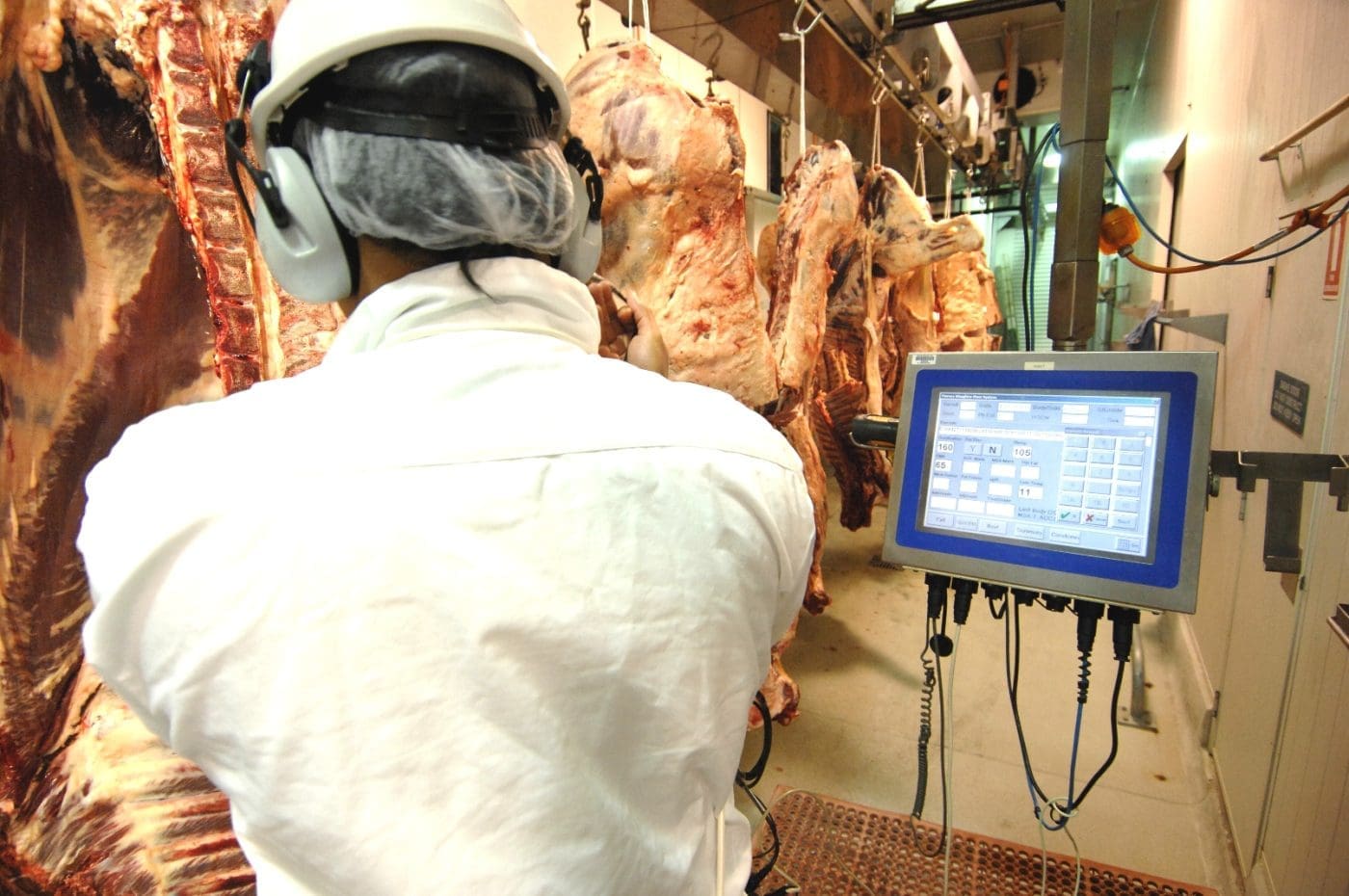EXPECT to see some rising numbers in Queensland slaughter statistics in coming weeks, as new capacity and a return to work for some larger northern plants are captured in NLRS data.
 As flagged in this earlier Beef Central story, JBS Australia has kicked off its second Dinmore shift this week, now representing around 2400 head per day across both shifts. It’s considered a ‘soft’ start, accounting for about 1100 a week more than what was previously being processed.
As flagged in this earlier Beef Central story, JBS Australia has kicked off its second Dinmore shift this week, now representing around 2400 head per day across both shifts. It’s considered a ‘soft’ start, accounting for about 1100 a week more than what was previously being processed.
On top of that, JBS’s Townsville plant retuned to more normal numbers last week after a very disrupted start to its 2024 season due to rain. Townsville killed for just four days at the start of its season before a lengthy closure due to rain, only to open again for two days, and have spasmodic kills since. This is the first week where full five-day kills are expected, totalling 714 head a day.
Further south, NH Foods’ Borthwicks Mackay plant only killed its first five-day roster for the year last week, having earlier been plagued by weather, restricting weekly operations before last week to three or four days.
Grids steady
Following last week’s widespread 10c/kg drop in rates on direct consignment slaughter grids across eastern Australia, offer prices were unchanged this week.
Competitive Queensland processors are this morning offering 500-510c/kg on heavy cows and 550c/kg on heavy grass four-tooth steers, with a pill. Central Queensland rates are the same or 10c behind that.
Further good rainfall across parts of Queensland over the past week is likely to delay the start of big runs of slaughter cattle out of Central and northwestern areas until after Easter, Beef Central was told.
“In an old-fashioned wet season, February is often the wettest month of the year across Queensland. This year is simply following that track,” one contact said.
Further south, direct consignment in southern states included southern NSW where heavy cows are quoted this week at 490c and steers 540c; and in eastern regions of South Australia, 500c on cows and 540c on bullocks – the same as last week.
A lift in the export grinding beef market over the past month (see yesterday’s report) has added some strength in demand for slaughter cows, and helped underpin margins on all slaughter categories via trimmings.
One report suggests a Queensland grainfed processor has now issued forward contracts on 100-day cattle for May delivery, offering 700c/kg.
With Easter this year appearing particularly early (week 13, Good Friday 29 March) there is already some thoughts about processing congestion due to consecutive holiday-shortened production weeks, followed by ANZAC day holiday only three weeks later.
All this could take the edge off processor demand for cattle in coming weeks.
Saleyards trading
This morning’s physical sales across eastern Australia were mostly down in numbers following last week’s big yardings and lower price trend. Prices at sales held today on slaughter type cattle were mostly firm to easier.
Having started the year ahead of direct consignment, current values for saleyards cattle are again a little behind, once commission and costs are taken out.
Bullocks that were making 600c/kg dressed weight equivalent in one southern yard only three weeks ago were last week making around 530c/kg.
Gunnedah numbers dropped by 1200 this morning to 2140 head. Prices were mostly firm to slightly cheaper, in line with the previous week’s correction, with the best of the heavy cows down another 5-6c. There was only a handful of grown steers offered.
Wodonga sale this morning saw a 26pc drop in numbers offered, to 1400.
Heavy steers sold to erratic bidding a result of the plainer offering. Prices slipped 11c making between 253c and 288c, while bullocks sold between 256c and 294c, down by 5c/kg. Cows attracted strong competition from buyers, especially for heavier types, resulting in steady prices, selling between 232 and 254c.
Naracoorte numbers this morning dropped to 900 head, as producers resisted selling into a softer market. The sale was stronger over the grown cattle, heavy steers lifting by 5-15c/kg and good beef cows averaged 10c better, with consistent bidding above 240c/kg for the lead pens. The pick of the grown steers and bullocks to processors sold from 285c to a top of 314c/kg.
There was 6000+ yarded at Roma this morning, with prices mostly firm on slaughter types. Full Roma report tomorrow.
